Is learning agility a skill?
Learning agility is considered as the most crucial skill needed to achieve success in a career or business. Learning agility is vital in industries, companies, and roles where there are constant changes and complexity.
Listed below are core attributes of learning agile individuals:
- Someone who exhibits behavioral adaptability, skills, critical thinking skills and comfort with ambiguity is an agile learner
- They can handle change and navigate your way through difficult times
- They always take time for self-reflection and self-evaluation
- They quickly pick up new skills at work
- They can reflect on their performance and articulate a change for the next time
What is the learning ability test?
Learning ability assessments have become a critical part of many organizations’ recruitment processes. They are designed to assess the learning abilities of candidates. Learning ability is an essential trait in the workplace because individuals are expected to become familiar, possibly on their own, with the systems, responsibilities and procedures associated with a role.
Human beings are agile in varying capacities. Not everyone possesses the same skills in each dimension; everybody has their strengths and weaknesses. There are five dimensions (aspects) of learning agility: People Agility, Mental Agility, Change Agility, Results Agility and Self-awareness.
Why is leadership agility necessary?
Organizations that have the willingness and capacity to adapt in uncertain times will emerge victorious with time. Market leaders have started adopting management approaches that promote innovation and creativity. These agile approaches prompt leaders to navigate faster in a VUCA world. Many companies make the mistake of opting for agile transformation without undergoing a shift in conventional leadership mindset, leading to failure. After all, putting a square peg into a round hole is an exercise in futility.
A new leadership model is imperatively necessary in today’s times. If we look at business statistics for the U.S. markets, we’ll find that:
- Since 2000, more than 50 % of Fortune 500 companies have ceased to exist
- the CEO turnover rate in 2018 was perhaps the highest in ten years
- 75% of all VC-funded startups falter so severely that it is now a matter of survival
- Currently, about 33 % of small businesses have gone bankrupt
- Two out of three employees feel exhausted at work
These are just a few of the many troubling stats that shed some light on the current situation. The rise in technological advancements and aspirational consumers are influencing the modern business market. What does it imply? The situation calls for leaders to become agile and build agile teams that would make organizations nimbler than ever.
That brings us to the question of what is leadership agility?
In simple terms, leadership agility is the ability to embrace change and make smart and substantial decisions in a rapidly changing world. Agile leadership is synonymous with traits such as forward-thinking, flexibility, ability to navigate new business challenges, team building, and leading organizational change. Leadership agility is of the utmost importance because it helps chart a course of action for corporate growth.









 Behavioral Competencies
Behavioral Competencies Cognitive Competencies
Cognitive Competencies Coding Competencies
Coding Competencies Domain Competencies
Domain Competencies



















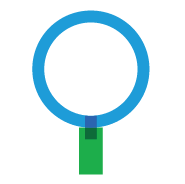



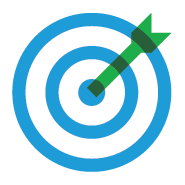

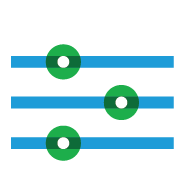



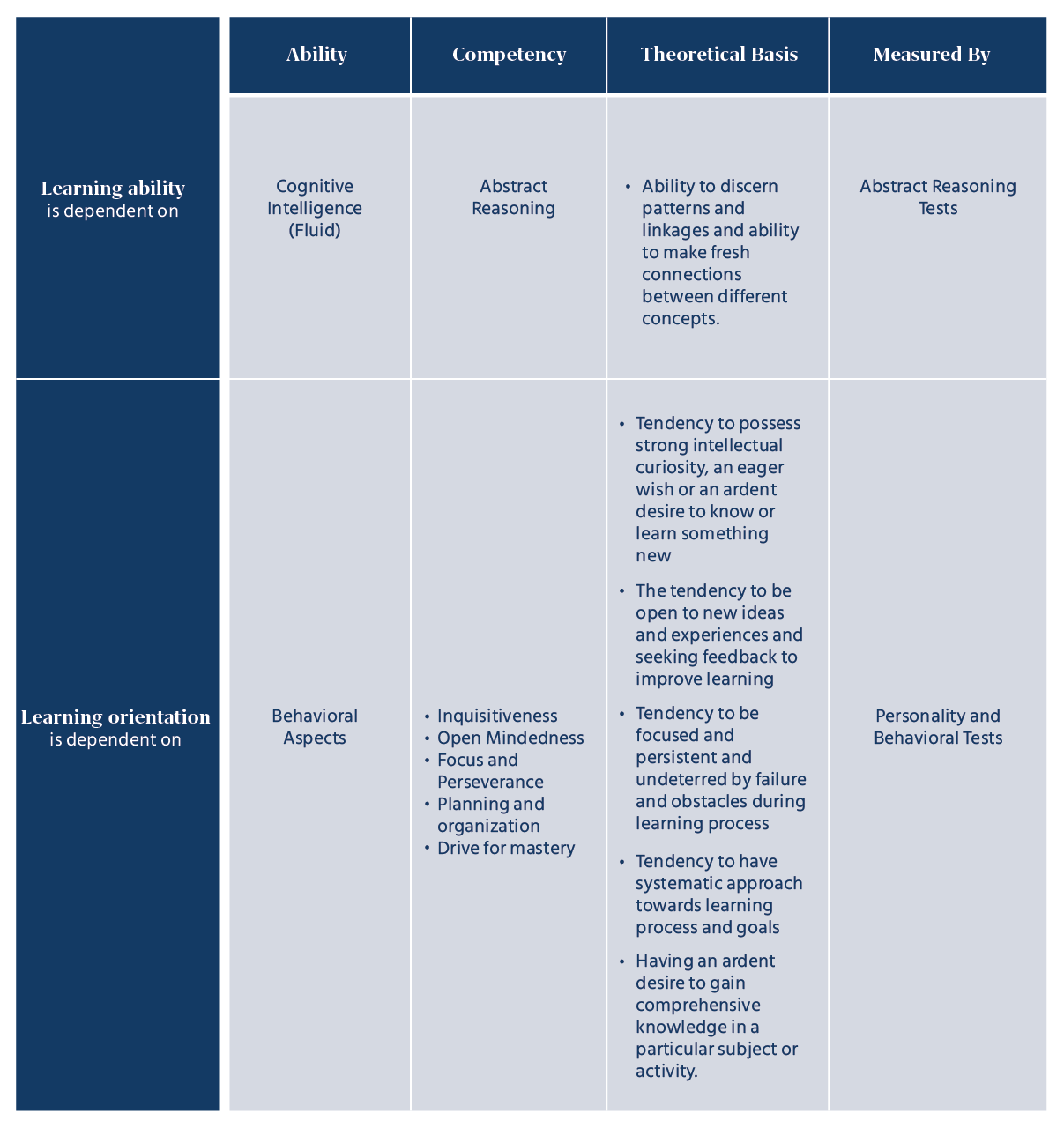








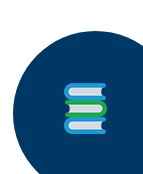
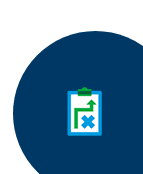
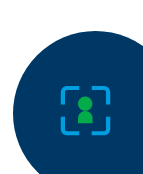


Would you like to comment?